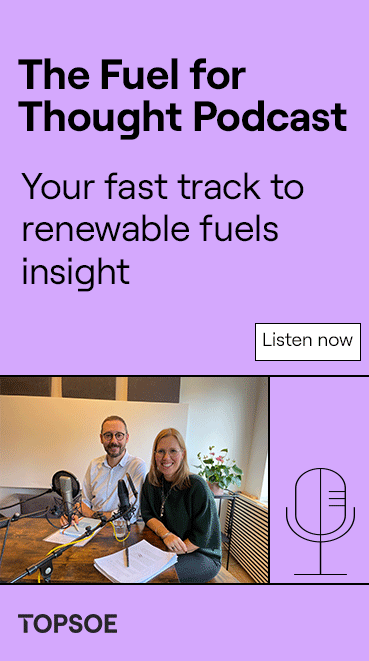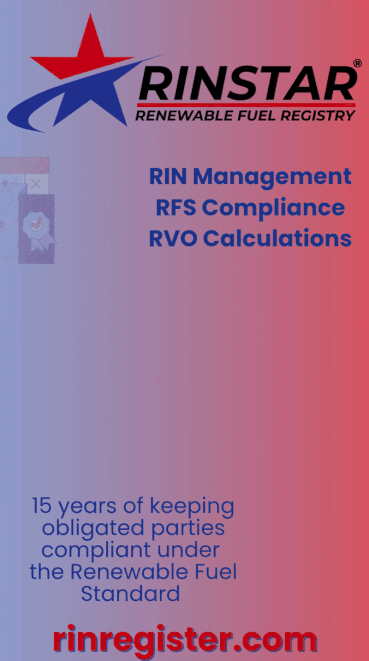Oregon utility slashes fleet emissions with biofuels, shortages jeopardize future cuts
- Eugene Water & Electric Board
- Apr 15
- 3 min read

The Eugene Water & Electric Board in Oregon recently announced that it has significantly cut greenhouse-gas (GHG) emissions from its operations, achieving a 55 percent reduction since 2010, according to data in the customer-owned utility’s Climate Guidebook.
In 2024, emissions from EWEB’s operations were well-below the 2010 baseline, surpassing EWEB’s goal of cutting emissions 50 percent by 2030.
The latest version of EWEB’s Climate Guidebook, published in April, details these efforts and EWEB’s broader strategy to combat climate change.
“We’ve already met our 2030 emissions-reduction target, but our work isn’t done,” said Kelly Hoell, EWEB’s climate-policy analyst and advisor. “We have more to do to help our customers decarbonize and cut their own emissions. One of the first steps on that path is to keep our clean electricity affordable so that customers feel confident transitioning off fossil fuels and to electricity wherever they can.”
Renewable fuels drive reductions in fleet emissions
EWEB’s shift to renewable diesel and ethanol has significantly lowered emissions from its service vehicles.
Since 2010, emissions from EWEB’s fleet have fallen 53 percent, even as fuel consumption increased 12 percent due to fleet expansion.
EWEB currently operates 418 in-service units including 234 vehicles, 68 units of power-operated equipment and 116 trailers—a 9 percent increase since 2020.
From 2023 to 2024, however, fleet emissions rose 43 percent due to limited availability of renewable fuels, especially ethanol.
“Renewable fuel supplies aren’t expected to increase any time soon,” said Gary Lentsch, EWEB’s fleet-services manager. “Shifting tax incentives have made nondomestic renewable fuel production less attractive for some suppliers, while demand has surged due to new policies like Washington state’s Clean Fuels Standard and the Federal Aviation Administration’s push to use renewable diesel for aviation fuel.”
EWEB said it anticipates that availability of fuels like ethanol and renewable diesel may become even more limited in 2025, which could negatively impact EWEB’s future GHG emissions.
Water treatment drives operational electricity use
EWEB’s electricity-related emissions fluctuate yearly based on weather conditions and the availability of hydropower generation.
For instance, the highest emissions in the past 15 years occurred in 2019, when droughts across the western U.S. reduced hydropower generation.
While overall electricity consumption has dropped 20 percent since 2010, emissions from EWEB’s electricity use were 3 percent higher in 2024 than in 2010.
Among EWEB’s facilities, the Hayden Bridge Water Filtration Plant is the largest electricity consumer, accounting for 64 percent of the utility’s electricity use in 2024.
Pump stations moving that water added another 17 percent.
“Treating and moving water is our biggest driver of electricity consumption,” Hoell said. “That means water conservation directly translates to energy conservation.”
Emissions from natural-gas use have also fallen.
From 2023 to 2024, those emissions dropped 51 percent due to the sale of EWEB’s former headquarters building on the Willamette River.
EWEB will use new methods of GHG accounting in 2025
Moving forward in 2025, EWEB plans to expand the boundaries of its GHG inventory to also include its emissions from owned power-generation resources.
This change will be in accordance with the Climate Registry’s Electric Power Sector Protocol.
These emissions have been reported to Oregon’s Department of Environmental Quality since its GHG reporting program began in 2010 but will now also be included in EWEB’s internal-operations inventory.
“This change in methods will help us better align with industry standards specifically for electric utilities and allow for a more comprehensive reporting of our total emissions portfolio,” Hoell said.


































